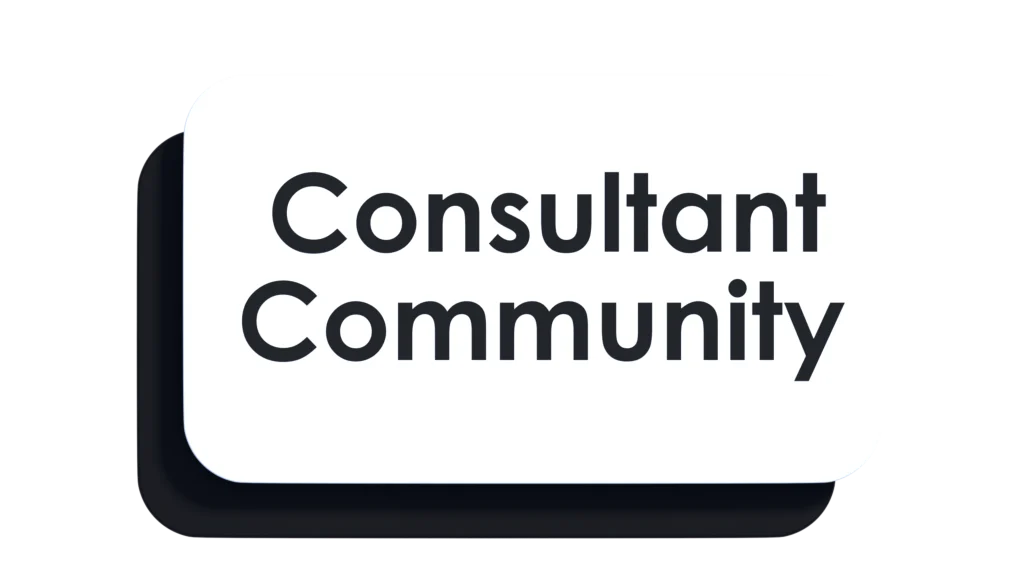When it comes to consulting, proposals are your first impression. Crafting a proposal that mirrors the standards of top firms like McKinsey, Bain, and BCG can set you apart from the competition. In this article, we’ll delve into the key elements of a compelling consulting proposal and provide actionable tips to help you create one that resonates with clients.
Understanding the Basics of a Consulting Proposal
A consulting proposal outlines your plan to solve a client’s problem, demonstrating your expertise and approach. Here are the essential components:
- Executive Summary
- Purpose: Summarize your proposal’s key points.
- Tip: Keep it concise—aim for one page. Highlight the client’s pain points and how your solution addresses them.
- Problem Statement
- Purpose: Clearly define the client’s challenges.
- Tip: Use data and insights to substantiate your claims. This establishes credibility and shows you understand their business.
- Objectives and Goals
- Purpose: Outline the desired outcomes.
- Tip: Make these SMART (Specific, Measurable, Achievable, Relevant, Time-bound) to clarify expectations.
- Proposed Approach
- Purpose: Detail your methodology and timeline.
- Tip: Use a structured framework (like a project plan) to illustrate your step-by-step approach. Incorporate visuals where possible.
- Deliverables
- Purpose: List what the client can expect at the end of the project.
- Tip: Be specific—include reports, presentations, and any tools or resources you’ll provide.
- Team Composition
- Purpose: Introduce your team and their qualifications.
- Tip: Highlight relevant experience and skills that relate to the project. This builds trust and confidence.
- Budget
- Purpose: Outline the costs associated with your services.
- Tip: Be transparent about pricing models (fixed, hourly, or milestone-based) to avoid misunderstandings later.
- Conclusion
- Purpose: Reinforce your value proposition.
- Tip: End with a call to action, inviting the client to discuss further.
Tips for Crafting a Winning Proposal
- Research the Client
- Tailor your proposal to the client’s industry, challenges, and goals. This personalized approach shows you’ve invested time in understanding their needs.
- Use Data and Case Studies
- Leverage data and past case studies to demonstrate your effectiveness. Show how you’ve solved similar problems for other clients to build credibility.
- Be Professional and Polished
- Ensure your proposal is free of errors and formatted professionally. Use a clean layout with consistent fonts and headings. This reflects your attention to detail.
- Incorporate Visuals
- Use charts, graphs, and infographics to make your proposal visually appealing. This can help convey complex information more clearly.
- Practice Clarity and Conciseness
- Avoid jargon and overly technical language. Aim for clarity in your writing to ensure your message is easily understood.
- Solicit Feedback
- Before submitting, ask a colleague or mentor to review your proposal. Fresh eyes can catch errors and provide valuable insights.
Conclusion
Writing a proposal that stands out like those from McKinsey, Bain, or BCG requires a combination of structure, professionalism, and personalization. By following the steps outlined in this guide, you can create compelling proposals that effectively communicate your value to potential clients. Remember, a well-crafted proposal not only showcases your expertise but also builds trust and lays the groundwork for a successful partnership.
By focusing on these key elements and tips, you’ll be well on your way to producing proposals that not only attract clients but also establish your reputation as a trusted consultant. Happy writing!
